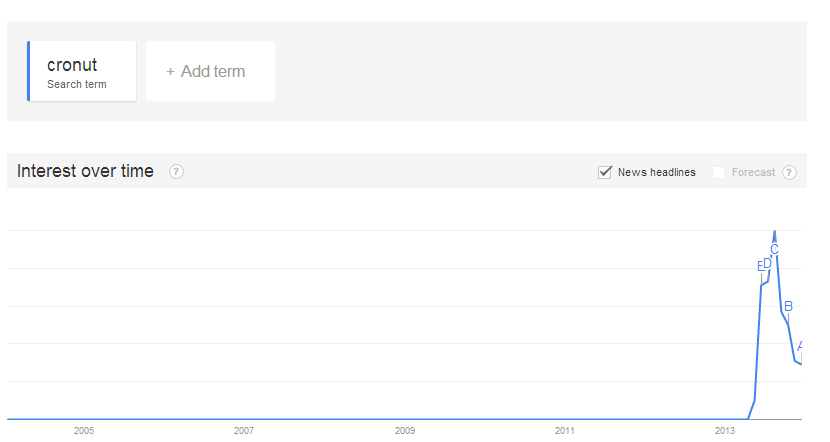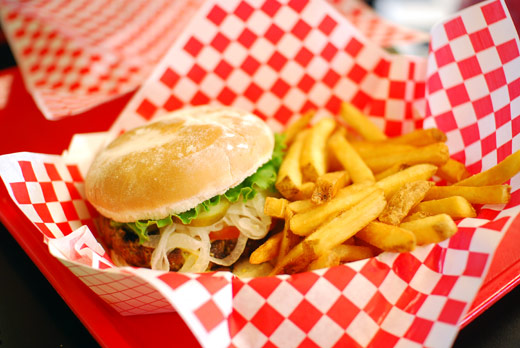Because I’m a food idiot, I like making sauces from scratch. Why not hoisin sauce? With a general knowledge of what’s in hoisin sauce (it’s soybean paste-based and has historically followed Cantonese migrants around South East Asia), I Googled “hoisin sauce recipe”.
Here’s what was served up: 6 out of 9 based on peanut butter, one based on black bean paste, 2 with a soybean paste base.

A special mention/middle finger to Bon Appetit, because here’s their hoisin horrorshow which seems to define hoisin sauce as something vaguely brown and ahistoric. White supremacist food is putting sriracha in something and calling it by whatever Asian name you feel like.

If you didn’t know what you were doing in advance and had never read the ingredients on your bottle of Lee Kum Kee, you’d assume from Google that hoisin sauce was a sweetened, lightly spiced peanut butter. In recipes, good SEO beats food knowledge and Google has set up a perverse incentive for big sites to write bad recipes. If you want a site to be on the first page of Google for “hoisin sauce recipe” you’re probably going to look at the top five existing recipes and copy them rather than questioning whether any of them are good. As Google builds “better” machine intelligence and semantic search, it will assume hoisin sauce is made from peanut butter, because most of the websites say it is, even “reputable” ones like BBC or Bon Appetit.
It becomes a virtuous cycle of shit.
Maybe Anglo hoisin (spiced peanut butter) is metastasizing into different sauce from Cantonese hoisin (sweetened soybean paste) and Vietnamese hoisin/tương đen (sweetened soybean paste with MSG and caramel color (150c)) and Google reflects both semantic drift between languages and changing national tastes. Cookbook author and blogger Andrea Nguyen made the observation in 2010: that tương đen/tương an phở and Cantonese hoisin are clearly different sauces, even when they’re made by the same manufacturer (Lee Kum Kee) for presumably, the same market.
Lee Kum Kee, probably the world’s biggest manufacturer of hoisin, says the origins of the sauce are Hakka (Kaixuan sauce?/”凯旋酱”?) rather than Cantonese, so it is probably a sauce with a lot of genocidal history to unpack.


